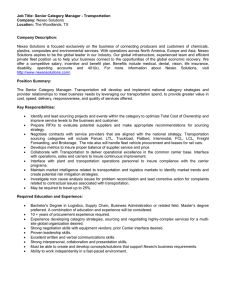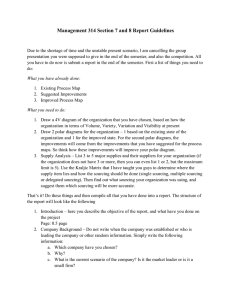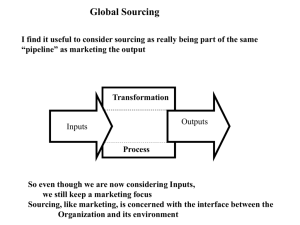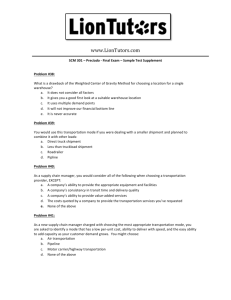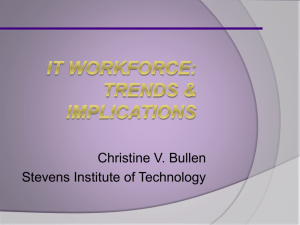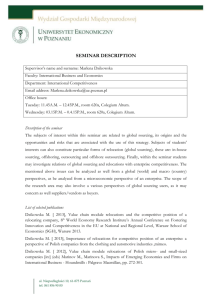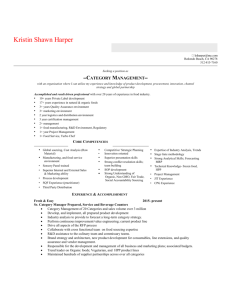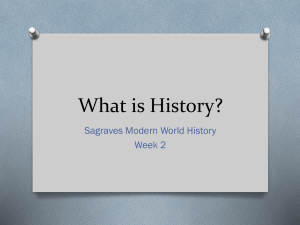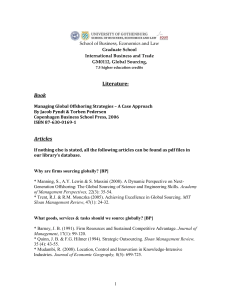5 min
advertisement
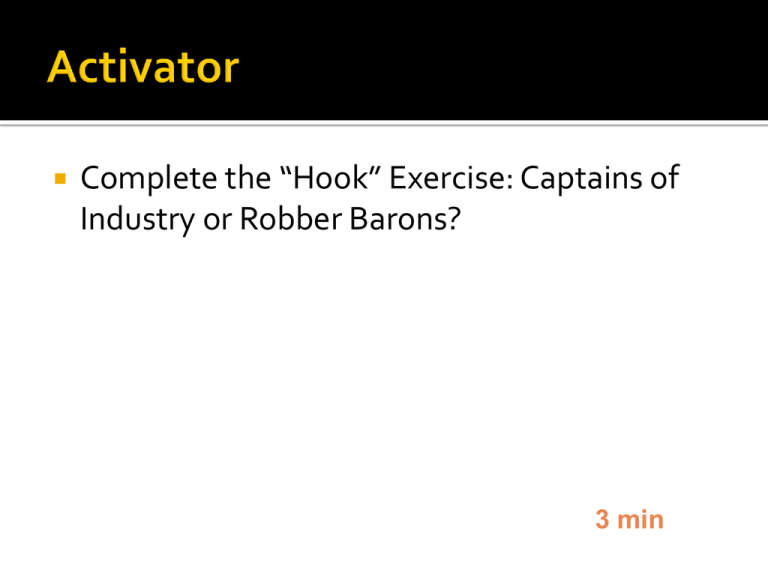
Complete the “Hook” Exercise: Captains of Industry or Robber Barons? 3 min In pairs, read the background essay and answer the reading questions. 5 min Ask: What was going on at the time? What was it like to be alive at this time? What things were different back then? What things were the same? 5 min Unit 1. Industrialism. Lesson 3. Challenge: DBQ Project “Mini-Q” (five documents, with corresponding questions to answer). Extreme Challenge: Dueling essays: Howard Zinn vs. John Gordon. Sign up for an extreme challenge! A history paper, like many other kinds of academic writing, usually takes the form of an argument in support of a thesis. NOT a statement of fact, a question, or an opinion NOT a topic, or what the paper is about 2 min A statement that reflects what you have concluded about the topic under consideration for your paper. Informs the reader about conclusions you have reached. Always arguable or debatable. The central point to which all information in your paper relates. Relying upon information from the background essay, as well as your prior knowledge: Write a tentative thesis Also, write a tentative counter-thesis 5 min Gives you a specific analytic frame to help you make sense of documents Think of “buckets” as categories for analysis Ask: what should I look for if I am going to prove my thesis? 5 min Contributions to business Contributions to society Relationship with government Critically analyze the five documents by answering the critical analysis questions for each document. Does Does Not • A statement that reflects what you have concluded about the topic under consideration for your paper. • NOT a statement of fact, a question, or an opinion • NOT a topic, or what the paper is about • Informs the reader about conclusions you have reached. • Always arguable or debatable. • The central point to which all information in your paper relates. • Includes a claim and warrant (because statement) Sourcing Contextualization Close Reading Corroboration What is the author’s point of view? Why was the source written? When was the source written? Is this source believable? Why, or why not? Consult outside electronic and print libraries. When doing this, “source” your sources; in other words, vet documents to ensure credibility. For now, refer to the “sourcing” handout. Challenge: Apply the “Reading Like a Historian” table’s Sourcing Questions to the documents in your DBQ packet. For each document, answer: ▪ ▪ ▪ ▪ What is the author’s point of view? Why was the source written? When was the source written? Is this source believable? Why, or why not? For now, rely on the “sourcing handout” research Extreme Challenge: Read both the Zinn and Howard essays Apply the “Reading Like a Historian” table’s Close Reading questions to each essay: ▪ ▪ ▪ ▪ What claims does the author make? What evidence does the author use to support those claims? How is this document make me feel? What words or phrases does the author use to convince me that he/she is right? ▪ What information does the author leave out? Also, read the sourcing information on both Zinn and Howard, located on the last page of the “sourcing handout” (very short!)
